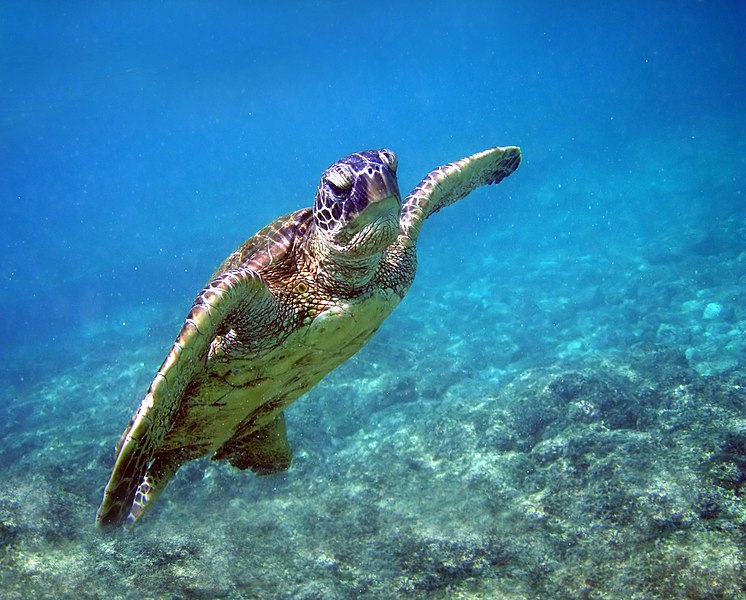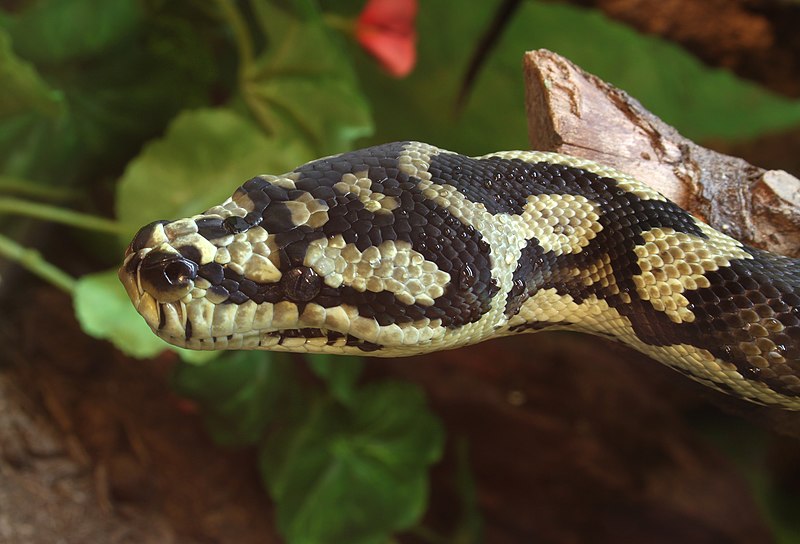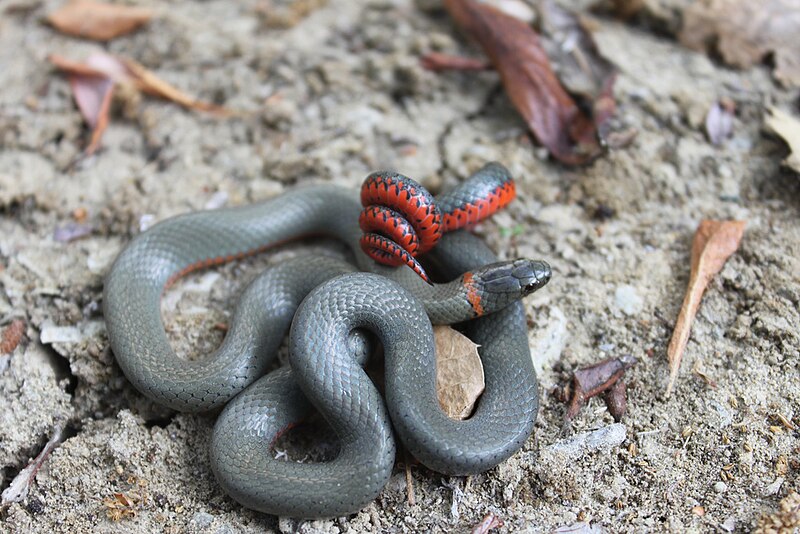 In 1990, the IUCN’s Declining Amphibian Populations Task Force, to which I belonged, was one of the few large scale efforts addressing what is now known as the “Disappearing Amphibian Crisis”. Today, with legions of biologists and hobbyists at work on the problem, we still do not fully understand why nearly 200 species have become extinct in the last 20 years – a rate 200x that of what might be “expected”. But we do have some insights, one of which was highlighted in a recent journal article (Philosophical Transactions of the Royal Society (Biology) . It appears that stress, much of which is in response to what we are doing to amphibian habitats, is worsening the effects of normal pathogens and diseases.
In 1990, the IUCN’s Declining Amphibian Populations Task Force, to which I belonged, was one of the few large scale efforts addressing what is now known as the “Disappearing Amphibian Crisis”. Today, with legions of biologists and hobbyists at work on the problem, we still do not fully understand why nearly 200 species have become extinct in the last 20 years – a rate 200x that of what might be “expected”. But we do have some insights, one of which was highlighted in a recent journal article (Philosophical Transactions of the Royal Society (Biology) . It appears that stress, much of which is in response to what we are doing to amphibian habitats, is worsening the effects of normal pathogens and diseases.
Parasites and Insecticides: a Confusing Scenario
As the reality of worldwide amphibian declines became apparent, herpetologists and private citizens began noticing increasing numbers of deformed and dead frogs. In 1995, school children in Minnesota made headlines when they found dozens of deformed frogs in a local pond. Since several chemicals are known to cause growth abnormalities, researchers began focusing on pollutants. At the Bronx Zoo, I worked with a veterinarian who studied African Clawed Frogs, and was amazed to see ovaries develop in males that had been exposed to Atrazine (a common insecticide). Read More »
 That Reptile Blog – Reptile, Amphibian and Exotic Pet Care and Information
That Reptile Blog – Reptile, Amphibian and Exotic Pet Care and Information





